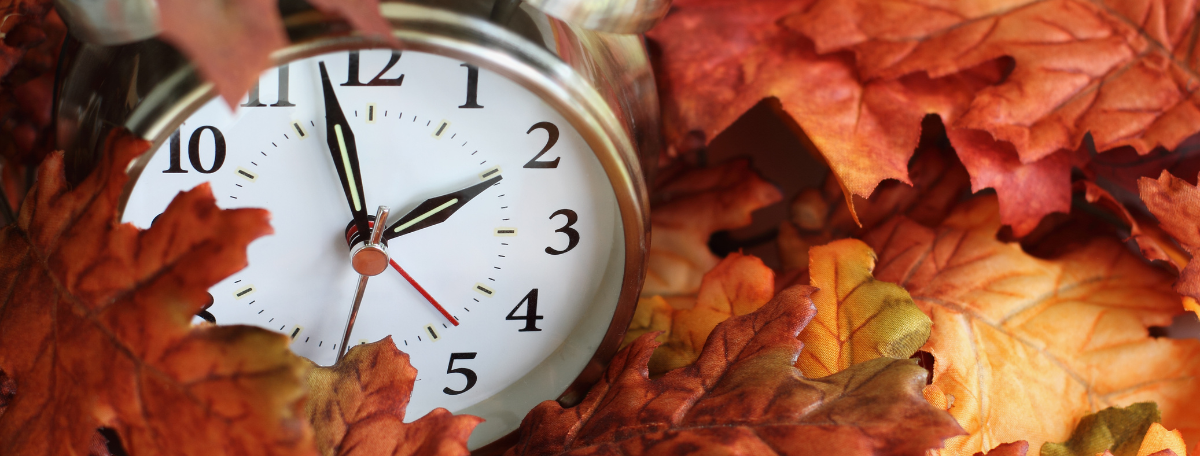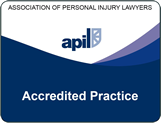Last weekend marked the start of daylight savings and the clocks have officially fallen back (if you didn’t already know this, you might want to change the time on your watch!). Many of us have enjoyed an extra hour of sleep, however this seemingly innocent shift in time can and will have significant consequences on road safety.
Daylight savings benefits the population in many ways, however the darker evenings and decreased visibility during the winter months have been linked to a surge in road traffic accidents. We hope to provide valuable insights into the impact of daylight savings on road safety and raise awareness about the importance of taking precautions to avoid accidents.
The Impact of Daylight Savings
Each year, the transition from daylight savings time in October signifies the beginning of shorter days and longer nights. This change in time can disrupt our circadian rhythms and leave us more susceptible to drowsiness, especially during our evening commutes. The reduced amount of natural light available in the evening has been identified as a contributing factor to an increased number of road traffic accidents during the autumn and winter months.
Darker Evenings and Reduced Visibility
As the days grow shorter from the point of daylight savings, many people find themselves commuting to and from work or running errands in the dark. There is also a surge of vehicles on the road at any given time due to the holidays – of course in the lead up to Black Friday and Christmas many shoppers are out purchasing gifts. This volume of traffic paired with increased darkness becomes a recipe for danger and in turn, can lead to various types of accidents, including:
- Pedestrian Accidents: it is more challenging for drivers to spot pedestrians at night, particularly when they are not wearing reflective clothing. Pedestrian accidents often result from a combination of reduced visibility and the failure of both drivers and pedestrians to take necessary precautions.
- Bicycle Accidents: Bicyclists are at a higher risk of accidents during the darker months. They may be less visible to drivers and road conditions can be more hazardous due to rain, snow, or icy surfaces. Cyclists should stick to well-lit roads over the winter months and must ride with caution should you need to use a more dangerous route.
- Rear-End Collisions: Reduced visibility can lead to an increase in rear-end collisions. Distracted or tired drivers may not notice slowed or stopped traffic in time to prevent a collision, especially in low-light conditions. Other weather conditions such as heavy rainfall, may contribute to longer braking distances. Therefore, it is wise for motorists to further the gap between themselves and those in front. While these accidents may seem relatively harmless, they can still result in whiplash, soft tissue injuries, or psychological trauma.
- Junction Accidents: At junctions, drivers may struggle to see traffic signals and other vehicles, leading to an increased risk of collisions. Intersection accidents can result in various injuries, including whiplash, broken bones and head injuries and can often include pedestrians.
Weather-Related Factors
Apart from reduced visibility, as mentioned, following daylight savings weather conditions often deteriorate during the autumn and winter months which contributes to the rise in road traffic accidents. Rain, snow, and icy roads can also create treacherous conditions for the public. Whether it be icy pavements, wet floors or falling snow and ice from rooftops, there are numerous ways in which pedestrians can become injured without the involvement of a motor vehicle.
Slip, trip and fall accidents are some of the most common accidents that occur. These incidents can result in injuries such as broken bones, sprains and concussions. Although they may be viewed as minor when compared to road traffic accidents, public accidents are equally as serious and compensation can be claimed for any injuries sustained.
The Importance of Seeking Legal Help
As we embrace the change in seasons and adapt to the darker evenings after daylight savings, it’s essential to remain vigilant and take precautions to prevent road traffic accidents. Reduced visibility and inclement weather during the autumn and winter months increase the risk of accidents. By following safety tips and practicing defensive driving, you can minimise these risks.
However, accidents can still happen, and if you or a loved one is injured in a road traffic accident, Stonehewer Moss Solicitors are here to offer guidance and support. We understand the challenges associated with these accidents and are dedicated to helping you seek the compensation you deserve. Don’t hesitate to reach out to us if you need legal assistance. Your well-being and recovery are our top priorities.
Why Stonehewer Moss?
Stonehewer Moss Solicitors are a team of dedicated personal injury lawyers, who specialise in personal injury cases. We have great experience in advocating for accident victims nationwide. Our solicitors understand the challenges associated with road traffic accidents, including the unique challenges posed by inclement weather and reduced daylight around daylight savings, and we are committed to helping you pursue fair compensation for your injuries and losses.
If you or a loved one has been injured in a road traffic accident during the autumn or winter months, it’s crucial to seek legal assistance. The aftermath of an accident can be overwhelming and Stonehewer Moss is here to help.
To learn more about No Win No Fee claims, watch this short video.
Talk to our claims solicitor
Call us on freephone 0800 434 6544 or 01606 87 22 00
Email us at info@stonehewermoss.co.uk


